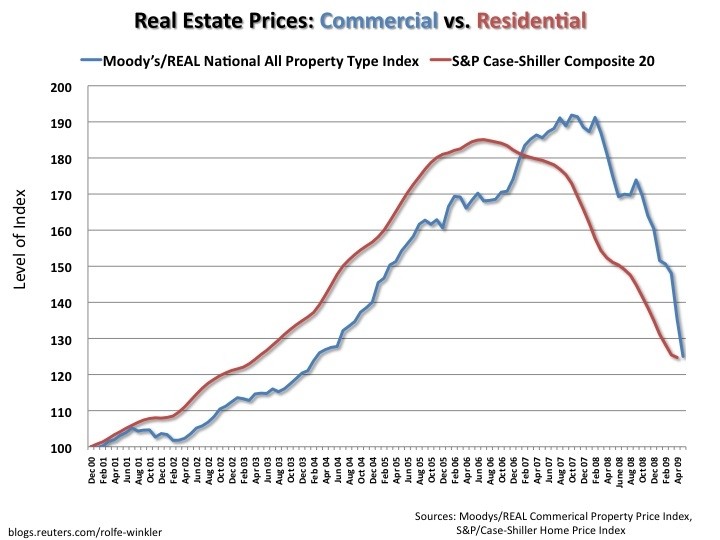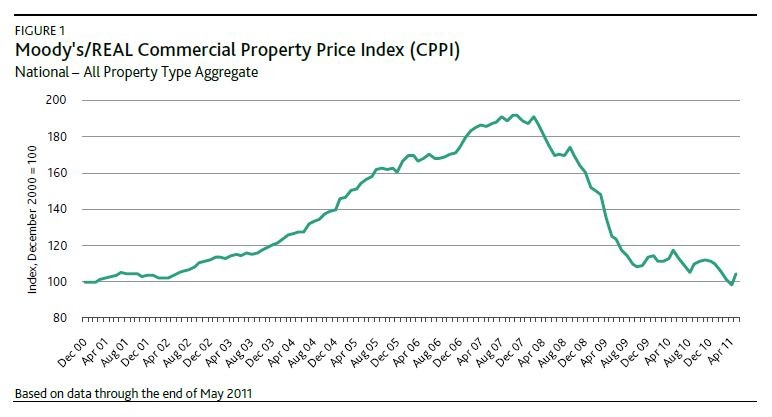How to Value Commercial Real Estate
Post on: 7 Июнь, 2015 No Comment

One of the first questions youll ask yourself when you are looking at a new property to purchase is: What is this property worth? That is a different question then: How much can I pay? And its still different then: What can I get this property for? But all of those questions need answers before you put in an offer to purchase a new property.
If youve been following our real estate investing newsletter then you know we recently tried to buy a little mixed use commercial property. We are still hopeful that the deal is going to come back to us, so we wont yet give away all the details on it, but the main issue weve had with the deal is the asking price relative to the income the property generates. The vendors are pricing it on future value, and of course, we can only pay on what its worth today. And, banks will only lend on todays value and todays income, not the potential of future value or future income.
But how do you value commercial real estate ? We thought wed walk you through the basics.
How an investor chooses to value a property can depend on the size of the property or the sophistication of the purchaser. We rely on the simple methods, both because we are new to commercial investing, and because were looking at small properties. But, simple doesnt mean less reliable or less accurate when it comes to commercial valuation.
Essentially, there are three ways to value a commercial property:
- Direct Comparison Approach
- Cost Approach
- Income Approach (which includes the DCF method and the Capitalization Method).

The direct comparison approach uses the recent sale details of similar properties (similar in size, location and if possible, tenants) as comparables. This method is quite common, and is often used in combination with the Income Approach.
The cost approach. also called the replacement cost approach, is not as common. And its just what it sounds like, determining a value for what it would cost to replace the property.
The third, and most common way of valuing commercial real estate is using the income approach. There are two commonly used income approaches to value a property. The simpler way is the capitalization rate method . Capitalization Rate, more commonly called the Cap Rate, is a ratio, usually expressed in a percent, that is calculated by dividing the Net Operating Income into the Price of the Property. The cap rate method of valuing a property is where you determine what is a reasonable cap rate for the subject property (by looking at other property sales), then dividing that rate into the NOI for the property (NOI is The Net Operating Income. Its equal to income minus vacancy minus operating expenses ). Or, you could figure out the asking cap rate of the property by dividing the NOI by the asking price.
For example, if a property has leases in place that will bring in, after expenses (but not including financing) an NOI of $10,000 in the next year and comparable properties sell for cap rates of 6% then you can expect your property to be worth approximately $166,666 ($10,000/.06 = $166,666). Or, said another way, if the asking price of a property is $169,000, and its NOI is estimated at $10,000 for the next year, the asking cap rate is approximately 6%.
Where this gets tricky is when properties are vacant, or where the leases are set to expire in the upcoming year. This is often when you are forced to make some assumptions. (Well save how you deal with this for another day.)
The other income method is the DCF method, or the Discounted Cash Flow method. The DCF method is often used in valuing large properties like downtown office buildings or property portfolios. Its not simple, and its a bit subjective. Multiple year cash flow projections, assumptions about lease rates and property improvements and expense projections are used to calculate what the property is worth today. Basically, you figure out all of the cash that will be paid out and all of the cash that will be brought in on a monthly basis over a specific period of time (usually the time you plan to hold the building for). Then you determine what those future cashflows are worth today. There are computer programs like Argus Software that help in these types of valuations because there are many variables and many calculations involved.
For the small investors, like us, using a combination of comparable property sales and income valuation using cap rates, will provide a reliable valuation. The real issue is convincing the seller that they should sell based on todays income and todays comparable properties. In the case of the mixed use commercial building we just tried to buy, the seller was pricing their property based on assumptions that leases will renew in the next 6 months at substantially higher rates and that the area of the property will continue to improve making the property more desirable. Unfortunately, we dont buy properties hoping for appreciation. We buy properties today because the property will put more money in our pocket each month then it takes out, and the property fits within our investing goals.














